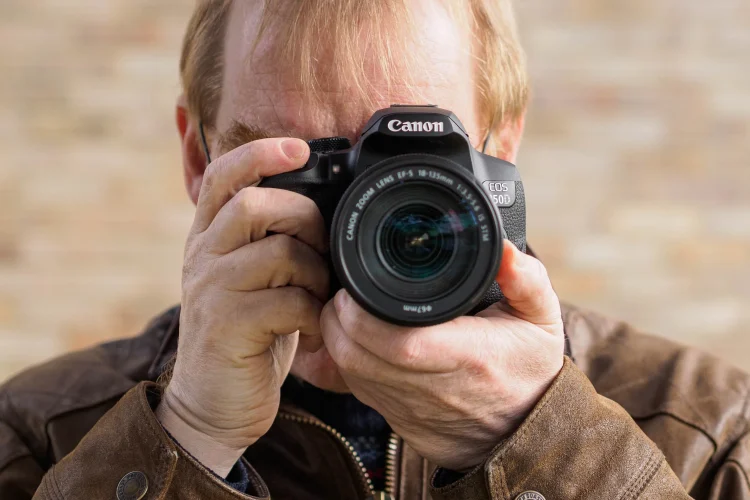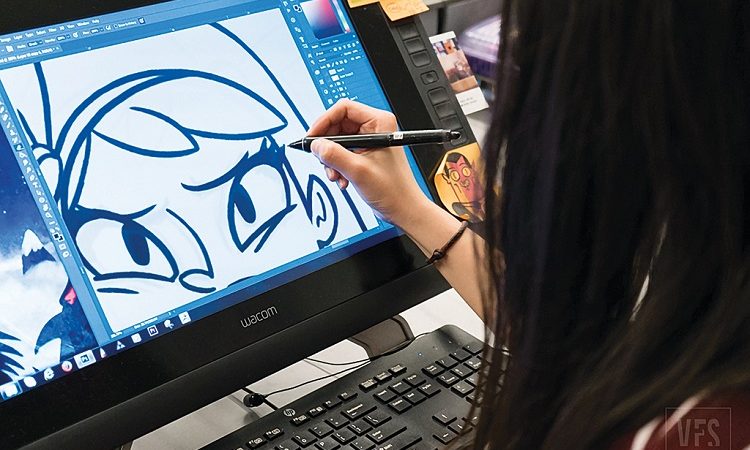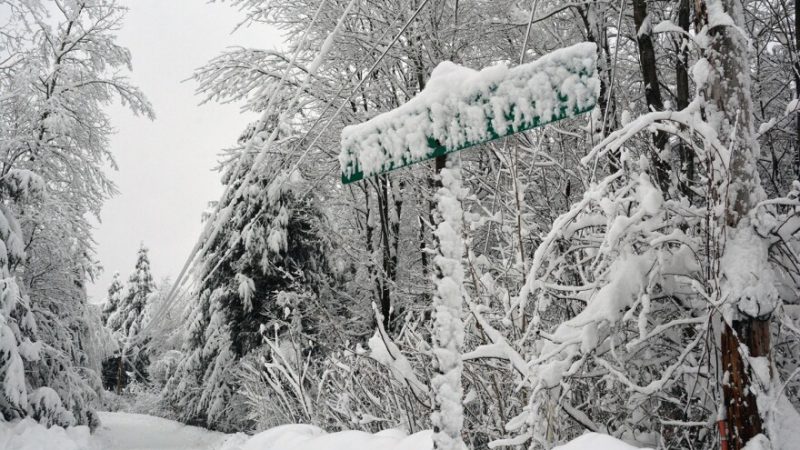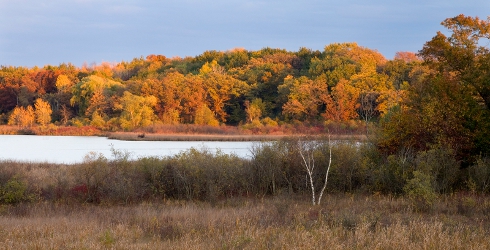Unveiling the Best DSLR for Video in 2016: A Cinematic Revolution

In the ever-evolving world of digital photography and videography, 2016 marked a significant turning point for filmmakers and content creators. As technology continued to advance, DSLR cameras emerged as powerful tools not only for still photography but also for capturing breathtaking videos. In this article, we delve into the realm of the best DSLRs for video in 2016, exploring the features and innovations that set these cameras apart and made them the top choices for filmmakers during that pivotal year.
Canon EOS 5D Mark IV:
Topping the list of the best DSLRs for video in 2016 was the Canon EOS 5D Mark IV. Renowned for its exceptional image quality in both photo and video modes, this camera became a favorite among professionals and enthusiasts alike. The 5D Mark IV boasted a 30.4-megapixel full-frame sensor, a significant improvement over its predecessor, and introduced Dual Pixel CMOS Autofocus, providing smooth and precise focusing during video recording.
One standout feature was the 4K DCI video capability, allowing filmmakers to capture stunning cinematic footage. The inclusion of the DIGIC 6+ image processor ensured fast and reliable performance, even in challenging shooting conditions. Additionally, the touchscreen interface and built-in Wi-Fi connectivity added convenience to the overall user experience, making the Canon EOS 5D Mark IV a trailblazer in the world of DSLR videography.
Nikon D500:
In 2016, Nikon made a strong statement with the release of the D500, a DX-format DSLR that excelled in both photography and videography. Aimed at sports and wildlife photographers, the D500 surprised the industry with its impressive video capabilities. Equipped with a 20.9-megapixel APS-C sensor, the camera delivered excellent low-light performance and dynamic range.
The Nikon D500 supported 4K UHD video recording, allowing users to capture footage with incredible detail and clarity. The inclusion of Nikon’s advanced Multi-CAM 20K autofocus system provided fast and accurate focusing during video shoots. With a durable build, a tilting touchscreen, and a host of customizable controls, the D500 catered to the needs of videographers seeking versatility and reliability in their equipment.
Sony Alpha a7S II:
Sony’s Alpha a7S II was a game-changer in the world of mirrorless cameras, setting new standards for low-light performance and video quality. The a7S II featured a 12.2-megapixel full-frame sensor optimized for sensitivity, making it the go-to choice for filmmakers working in challenging lighting conditions. The camera’s exceptional ISO range of 100-102400, expandable to 50-409600, allowed for unparalleled flexibility in various shooting scenarios.
One of the standout features of the a7S II was its ability to record 4K video internally with full pixel readout and no pixel binning. This resulted in exceptionally detailed and artifact-free footage. The 5-axis in-body image stabilization further enhanced the camera’s video capabilities, ensuring steady shots even without the use of a tripod. With its compact size, advanced video features, and compatibility with a range of lenses, the Sony Alpha a7S II became a favorite among filmmakers pushing the boundaries of cinematic storytelling.
Panasonic Lumix GH5:
In 2016, Panasonic made waves with the Lumix GH5, a Micro Four Thirds mirrorless camera designed specifically for videographers. The GH5 was a successor to the popular GH4 and brought significant improvements in video quality, performance, and functionality. With a 20.3-megapixel sensor, the GH5 delivered stunning 4K video at up to 60 frames per second, setting a new standard for smooth and detailed footage.
One of the key highlights of the GH5 was its professional video features, including 10-bit 4:2:2 internal recording, V-LogL color profile, and high frame rate recording. The camera also introduced in-body image stabilization, a valuable addition for handheld shooting in dynamic environments. Filmmakers appreciated the GH5’s rugged build, articulating touchscreen, and the ability to adapt to various shooting styles, making it a versatile choice for video content creation.
Canon EOS 80D:
The Canon EOS 80D was another notable contender in the DSLR video arena in 2016, offering a well-rounded package for enthusiasts and aspiring filmmakers. With a 24.2-megapixel APS-C sensor, the 80D delivered impressive image quality and excellent autofocus capabilities during video recording. Canon’s Dual Pixel CMOS Autofocus system made its mark in this model, providing smooth and accurate focusing, even in challenging conditions.
The EOS 80D supported Full HD video recording at up to 60 frames per second, catering to users who prioritized a balance between high-quality video and still photography. The camera’s articulating touchscreen, built-in Wi-Fi, and a comprehensive range of compatible lenses added to its appeal, making the EOS 80D a reliable choice for content creators exploring the world of DSLR videography.
Conclusion:
In 2016, the landscape of DSLR videography underwent a transformative phase, with manufacturers pushing the boundaries of what was possible in terms of video quality, performance, and features. The Canon EOS 5D Mark IV, Nikon D500, Sony Alpha a7S II, Panasonic Lumix GH5, and Canon EOS 80D stood out as the best DSLRs for video during that era, each bringing unique strengths to the table.
From the groundbreaking 4K capabilities of the Canon EOS 5D Mark IV to the low-light prowess of the Sony Alpha a7S II and the professional video features of the Panasonic Lumix GH5, these cameras offered filmmakers a diverse range of options to suit their specific needs. As we reflect on the advancements of 2016, it’s evident that these DSLRs played a pivotal role in shaping the trajectory of cinematic storytelling and establishing new benchmarks for future innovations in the world of digital imaging.
What made the Canon EOS 5D Mark IV stand out as the best DSLR for video in 2016?
A: The Canon EOS 5D Mark IV excelled in 2016 due to its 30.4-megapixel full-frame sensor, Dual Pixel CMOS Autofocus, and groundbreaking 4K DCI video capability. Its DIGIC 6+ image processor and user-friendly features made it a top choice for professionals and enthusiasts alike.
Why was the Nikon D500 considered one of the best DSLRs for video in 2016?
A: The Nikon D500 impressed videographers with its 20.9-megapixel APS-C sensor, 4K UHD video recording, and advanced Multi-CAM 20K autofocus system. Known for its durability and customizable controls, the D500 appealed to users seeking versatility and reliability.
What made the Sony Alpha a7S II a game-changer for videography in 2016?
A: The Sony Alpha a7S II stood out for its exceptional low-light performance, 12.2-megapixel full-frame sensor, and the ability to record 4K video with no pixel binning. The 5-axis in-body image stabilization and compact size made it a favorite for filmmakers pushing the boundaries of cinematic storytelling.
What were the key features of the Panasonic Lumix GH5 that made it a notable choice for video in 2016?
A: The Panasonic Lumix GH5, designed for videographers, featured a 20.3-megapixel sensor, 4K video at 60fps, 10-bit 4:2:2 internal recording, and V-LogL color profile. Its professional video features, in-body image stabilization, and versatility made it a standout in the Micro Four Thirds category.
Why was the Canon EOS 80D recognized as a top DSLR for video in 2016?
A: The Canon EOS 80D impressed with its 24.2-megapixel APS-C sensor, Dual Pixel CMOS Autofocus, and Full HD video recording at 60fps. Its balanced approach, articulating touchscreen, built-in Wi-Fi, and compatibility with a range of lenses appealed to enthusiasts and aspiring filmmakers.
What advancements in video quality were notable in DSLRs of 2016?
A: DSLRs in 2016 showcased advancements such as 4K video recording, improved autofocus systems like Dual Pixel CMOS and Multi-CAM 20K, and enhanced low-light performance. These features collectively contributed to higher-quality and more cinematic video production.
Were there any specific innovations in user interface or connectivity in the best DSLRs for video in 2016?
A: Yes, manufacturers focused on user-friendly interfaces and connectivity. Touchscreen interfaces, such as in the Canon EOS 5D Mark IV and Canon EOS 80D, added convenience. Built-in Wi-Fi, a feature in several models, allowed for seamless sharing and remote control, enhancing the overall user experience.
How did the best DSLRs of 2016 cater to the needs of content creators in terms of versatility and adaptability?
A: The DSLRs of 2016 offered a range of features to cater to diverse shooting styles. From the rugged build of the Panasonic Lumix GH5 to the tilting touchscreen of the Nikon D500, these cameras provided filmmakers with the adaptability and versatility needed for various shooting scenarios.
Were there any notable drawbacks or limitations in the best DSLRs for video in 2016?
A: While the DSLRs of 2016 were groundbreaking, some limitations included file size considerations for 4K recording, battery life during continuous video shooting, and the need for external accessories for certain professional features. However, these were typical challenges in the evolving landscape of DSLR videography.
How did the best DSLRs of 2016 contribute to the evolution of cinematic storytelling?
A: The best DSLRs of 2016 played a pivotal role in shaping cinematic storytelling by offering filmmakers unprecedented tools. With improved image quality, advanced autofocus, and professional video features, these cameras empowered content creators to explore new creative possibilities, pushing the boundaries of storytelling in the digital era.






